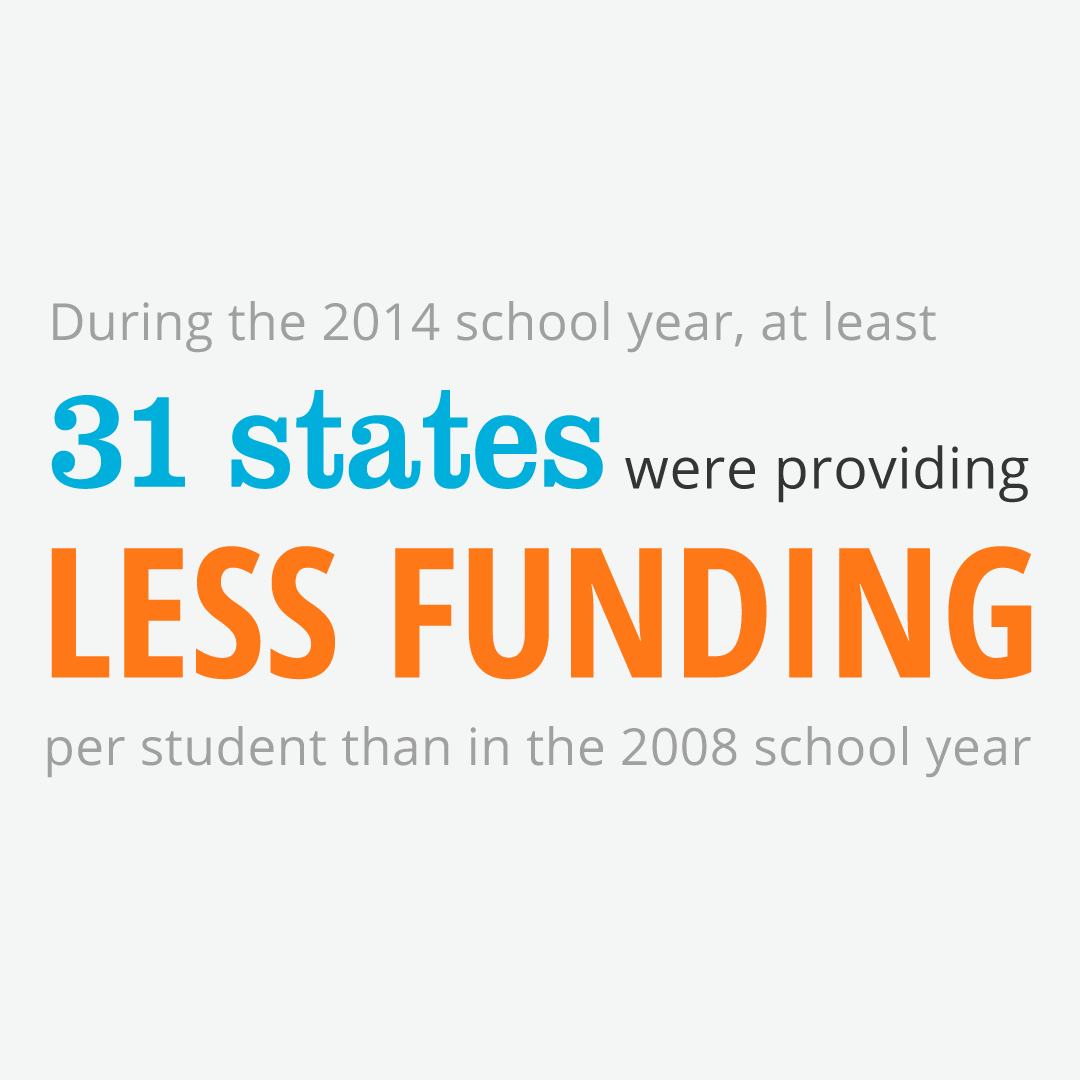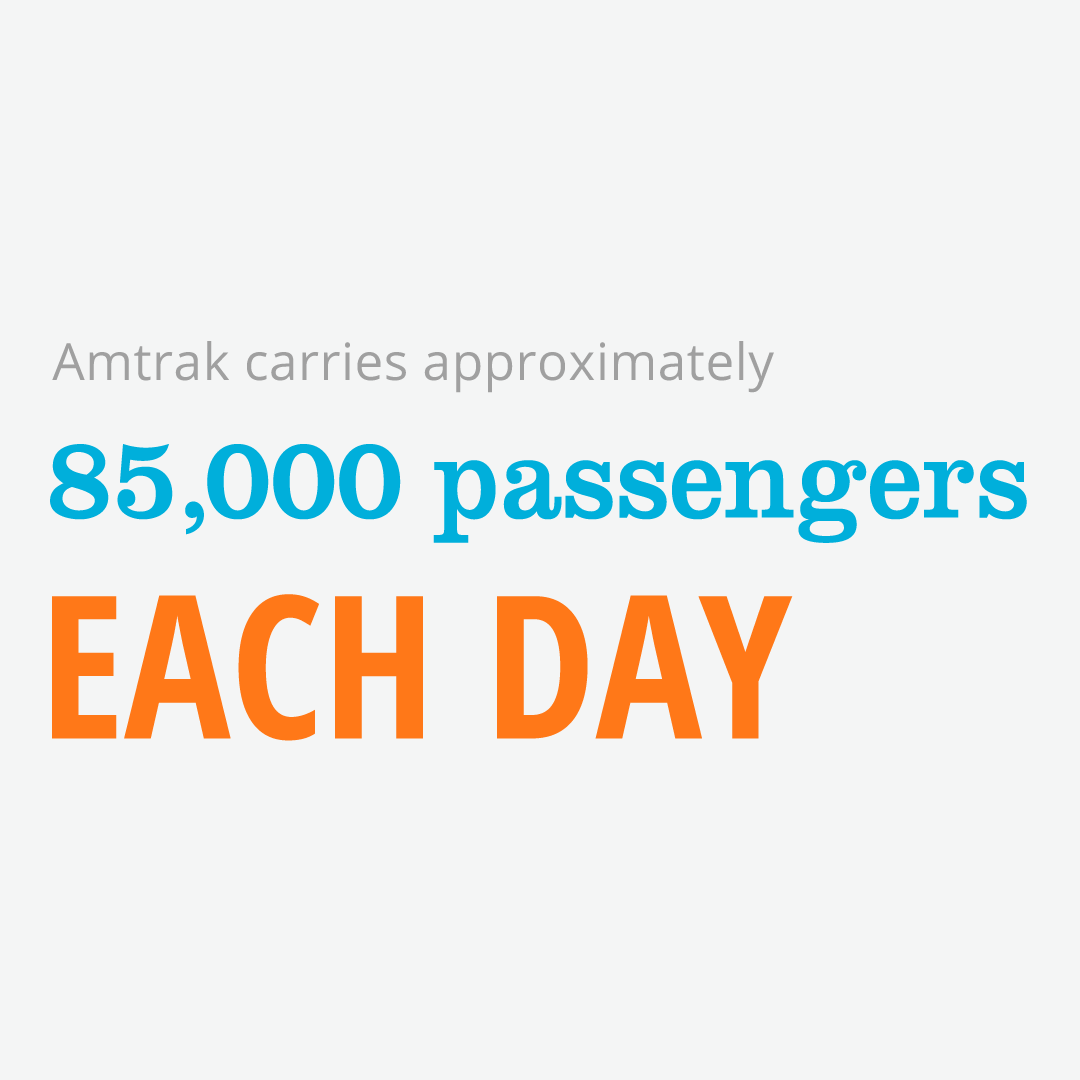General Motors, Alphabet Inc., and other innovators are racing to the finish line with the latest in transportation technology: autonomous vehicles. This week Florida, Montana, Wisconsin, and Minnesota made headlines for showing interest in this new technology, with some cities heading to the streets for a test-drive. Across the country, we are seeing what was once science fiction become a reality. Montana hopes to bring autonomous vehicles to Missoula as soon as 2019. Monticello, Minnesota and Gainesville, Florida have taken self-driving shuttles to the streets, testing them out as a new option for commuters, while Foxconn Technology Group in Racine County, Wisconsin plans to use autonomous vehicles to shuttle employees throughout the company’s campus.
The introduction of autonomous vehicles provides commuters with many benefits including increased safety, more transportation options, and less congestion on the roads. The Minnesota Department of Transportation (MnDOT) notes that thanks to the 360-degree sensors these vehicles are equipped with, riding in self-driving cars and shuttles can be safer than taking a trip in a normal car. Creators of these innovative vehicles are also hoping for small autonomous shuttles to fill in the transportation gaps where necessary, serving commuters with short “first-mile, last-mile” trips. Shuttles will take transit users from home to a transit stop and back, enabling more commuters to use public transportation and effectively cutting down on car-users and congestion.
What do autonomous vehicles mean for America’s infrastructure?
With transportation looking towards the future, we can no longer afford to have our infrastructure stuck in the past. Transportation and infrastructure work together and one cannot exist without the other. Meaning, to keep up with improvements in transportation technology, we need to improve our infrastructure and ensure the proper funding. America’s infrastructure must be prepared for the future and engineers should consider emerging technologies and shifting trends to assure long-term utility.
Without properly funded, resilient infrastructure we risk self-driving vehicles popping tires on potholes and getting lost from poor lane markings and signage. Missoula’s transportation planning manager, Jessica Morriss predicts that self-driving vehicles “are going to be a part of our world, just like smartphones.” Morris is right; autonomous vehicles are the future and similar to other smart technology systems, these vehicles are connected devices. Although they are equipped with radar, GPS, and on-board cameras, self-driving vehicles also work by connecting to pieces of surface transportation infrastructure and signage, such as traffic lights.
To fix surface transportation, many states are turning to a gas tax, but we are still waiting on Congress to do their part and #FixTheTrustFund. Find out if legislators in your state are working to improve infrastructure.























































